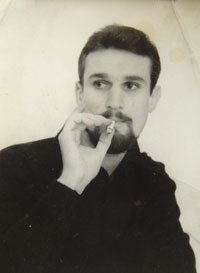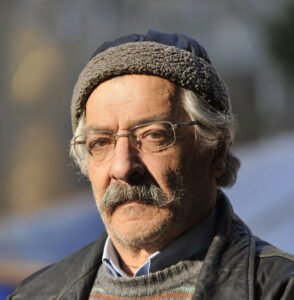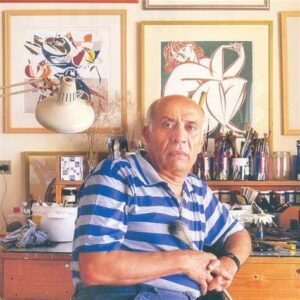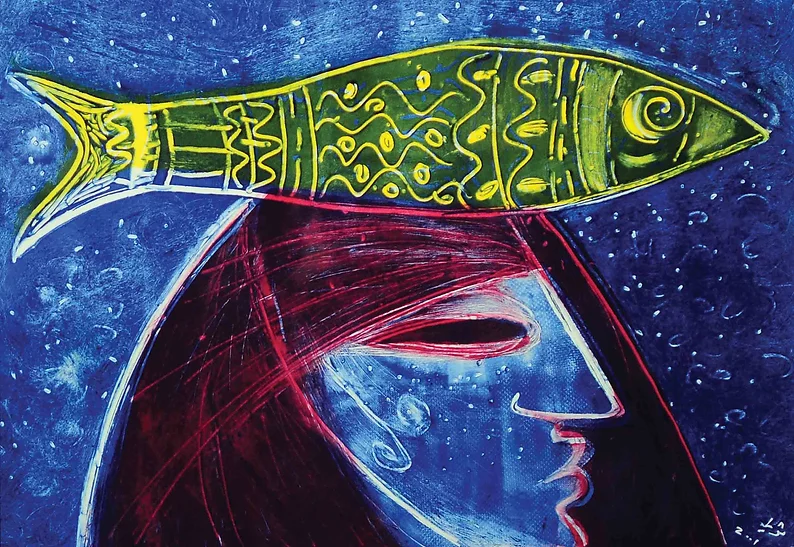
Born in 1952 in Kuwait City, demonstrated a creative impulse from childhood. By age ten, she was already writing and sketching, imbuing her early work with the vibrant cultural tapestry of Gulf society . Her pursuit of the arts began in earnest in the early 1970s when she studied painting at the College of Fine Arts in Cairo (1972–1974), an education that introduced her to formal techniques within a broader Arab modernist milieu .
✍️ Professional Training & Developing Voice (1974–1980)
In 1974, Al‑Baqsami moved to Moscow to study at the prestigious Surikov Institute, where she completed both her bachelor’s and master’s degrees in book illustration and design (1974–1981) . Here, she drew on graphic arts disciplines like lithography and linocut—mediums that would come to define her work and significantly enrich the Gulf’s visual culture as they were rare in the region at that time .
🌍 Encounters with Africa & Artistic Evolution (Late 1970s–1985)
Following her time in Russia, Al‑Baqsami accompanied her diplomat husband across Africa, spending formative years in Zaire and Senegal . In Dakar, she experimented with silk painting and batik, techniques that emphasized bold outlines—later echoed in her masterful use of contrast between form and color . These years cultivated an artistic vocabulary that merged Arab, African, and European textures, laying the foundation for her signature style .
🎨 Distinguished Career & Graphic Imagery (1986–1990)
By the late 1980s, Al‑Baqsami had firmly established herself in Gulf visual culture. She held over 60 solo exhibitions and 250+ collective shows, and became the first Kuwaiti printmaker of her stature . Her works—rich in mythical symbolism, graphic storytelling, and bold line work—were acquired by institutions like the British Museum, Kuwait National Museum, and Museum of Human Rights in Geneva .
💔 Art of Resilience: The 1990 Invasion & Creative Response
Al‑Baqsami’s finest political commentary emerged after the Iraqi invasion of Kuwait (1990–1991). Refusing to flee, she produced the iconic linocut “No to the Invasion” (1990)—a blue-and-white protest piece she shared clandestinely with resistance supporters . The emotional trauma of her husband’s imprisonment and her daughters’ suffering led to a distinct “blue period”: monochrome paintings featuring anguished figures with faces uplifted in grief .
In 1993, she transformed that pain into literary expression with her award-winning book Cellar Candles, which received the Kuwaiti State Prize and has been translated into over a dozen languages .
🌟 Later Work & Legacy Through Line & Life (1994–Present)
Post-1993, Al‑Baqsami’s palette revived, and she continued showcasing her art—most notably at the Sharjah Art Museum’s “Lasting Impressions” retrospective in 2017 . Her linocuts from Failaka Island explored ancient mythologies with layered symbols blending Greek seals and Gulf cultural memory. Around Doha in 2024, her “Mazyouna” exhibition highlighted feminine strength and motherhood through vibrant prints and paintings .
She has earned prestigious international accolades including the Franz Kafka Medal, Salvador Dali Prize, and awards from the EU and Hungary .
🎯 Artistic Profile & Cultural Impact
- Full Name: Thuraya Al‑Baqsami (ثريا البقصمي), born 1952
- Key Works: No to the Invasion (1990 linocut); The Parting (etching); Cellar Candles (1993 book)
- Time Period: Active from mid-1960s to present (still working in 2024)
- Artistic Style: A graphic hybrid of printmaking, silk painting, and figurative narrative—surreal, mythic, socially engaged. Her palette spans bold color to monochrome depending on theme.
- Cultural Influence: Among the Gulf’s first prominent female printmakers; a feminist voice who chronicled Gulf War trauma and Arab womanhood, and elevated Arab myth and memory via cross-regional symbolism
🌼 Final Reflection
Thuraya Al‑Baqsami stands as a transcendent figure in Middle Eastern contemporary art—a relentless visual poet who intertwined political resolve, feminine identity, and mythic storytelling through bold lines and heartfelt narrative. Her advocacy, resilience, and artistic innovation continue to inspire artists and audiences across the Arab world and beyond.
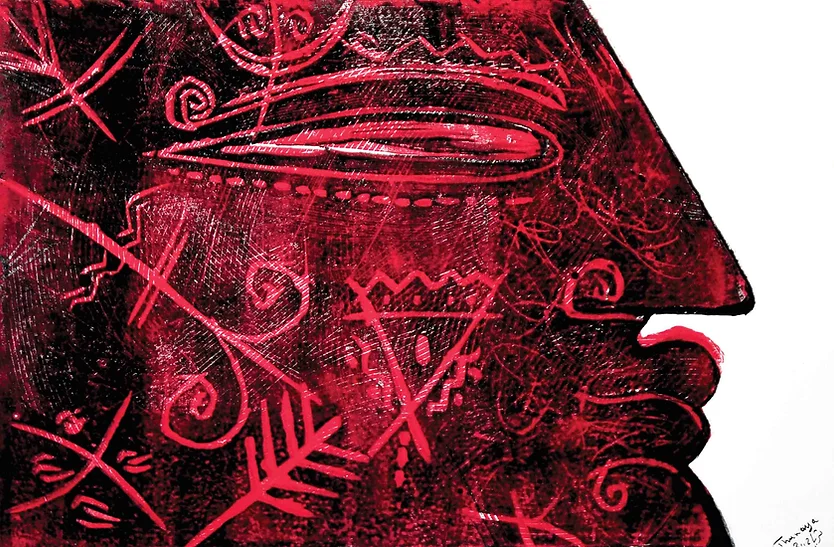

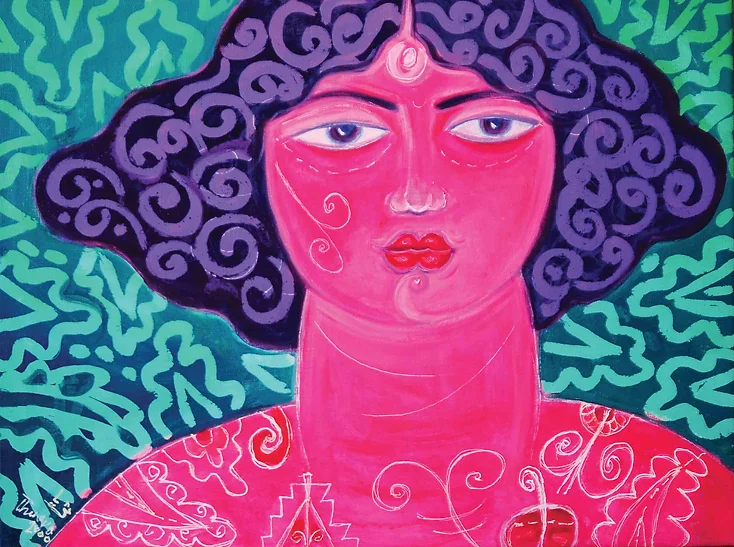
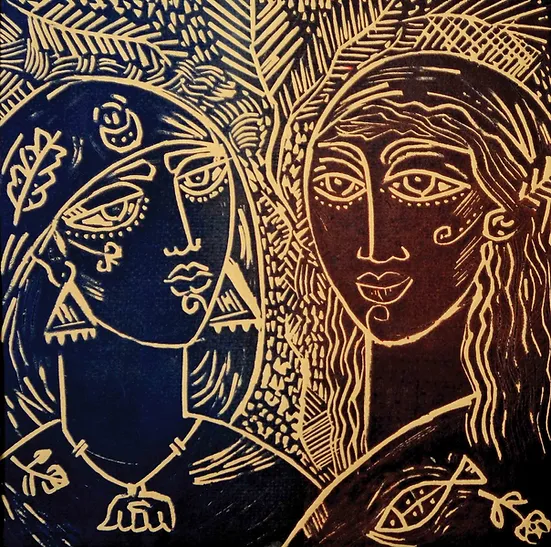


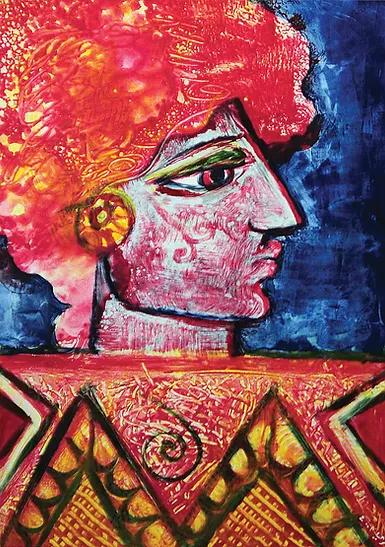
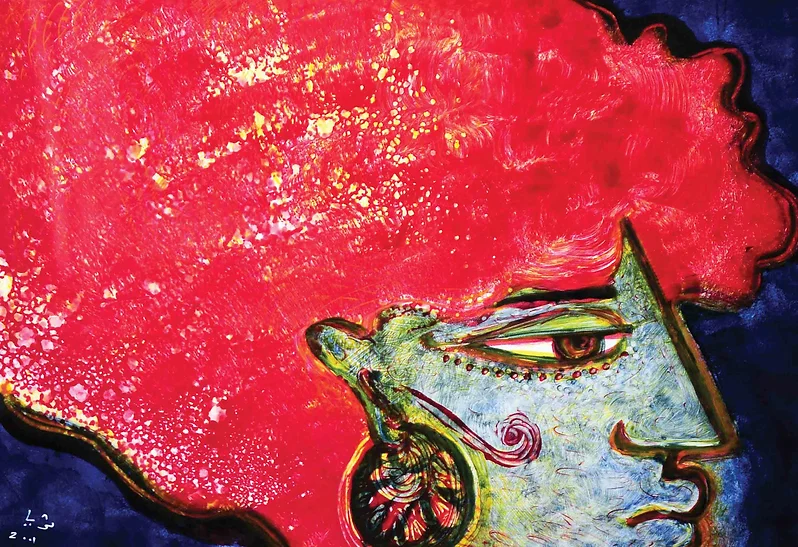
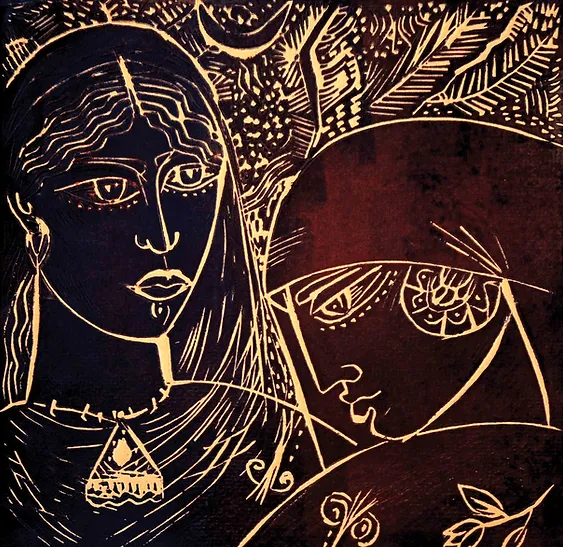
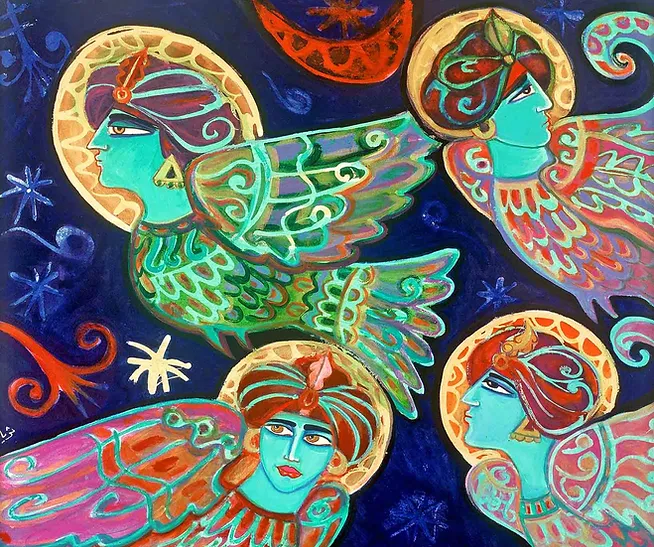
📚 Sources
About, Thuraya Al‑Baqsami official site en.wikipedia.org+8thurayaalbaqsami.com+8artradarasia.wordpress.com+8
Al Arabiya – retrospective at Sharjah Art Museum
Al Markhiya Gallery biography v1.sharjahart.org+2almarkhiyagallery.com.qa+2thepeninsulaqatar.com+2
The National – linocut cultural symbolism thenationalnews.com
Hafez Gallery – Russian & African influence hafezgallery.com+1gulfnews.com+1
Sharjah Art Foundation – exhibitions & awards capkuwait.com+2v1.sharjahart.org+2barjeelartfoundation.org+2
Barjeel Art Foundation – Career overview barjeelartfoundation.org+1capkuwait.com+1
Qatar Peninsula – “Mazyouna” show almarkhiyagallery.com.qa
Arab News – “No to the Invasion” insights arabnews.com+1barjeelartfoundation.org+1
Gulf News – influenced by Africa & feminism gulfnews.com+1thepeninsulaqatar.com+1


